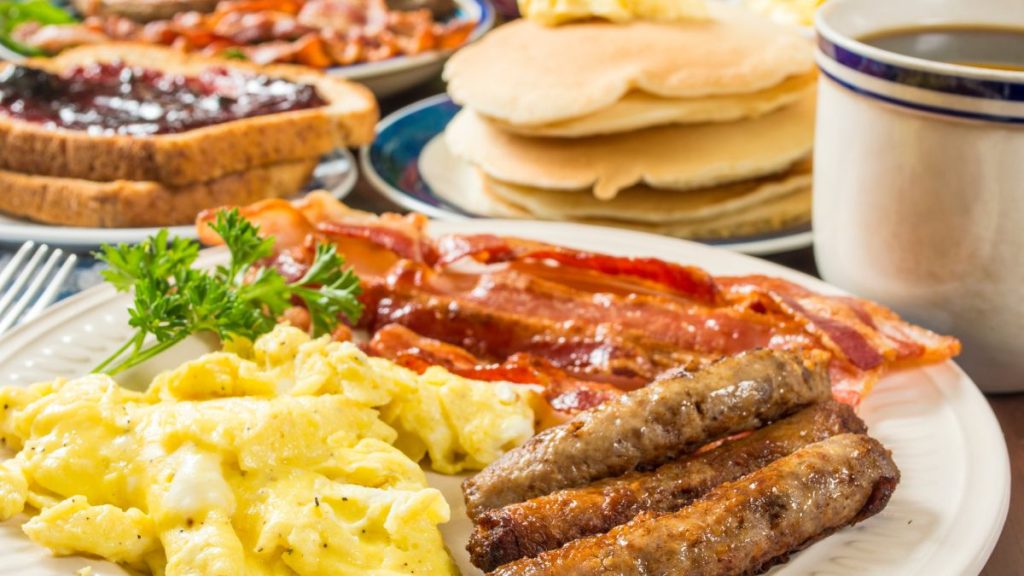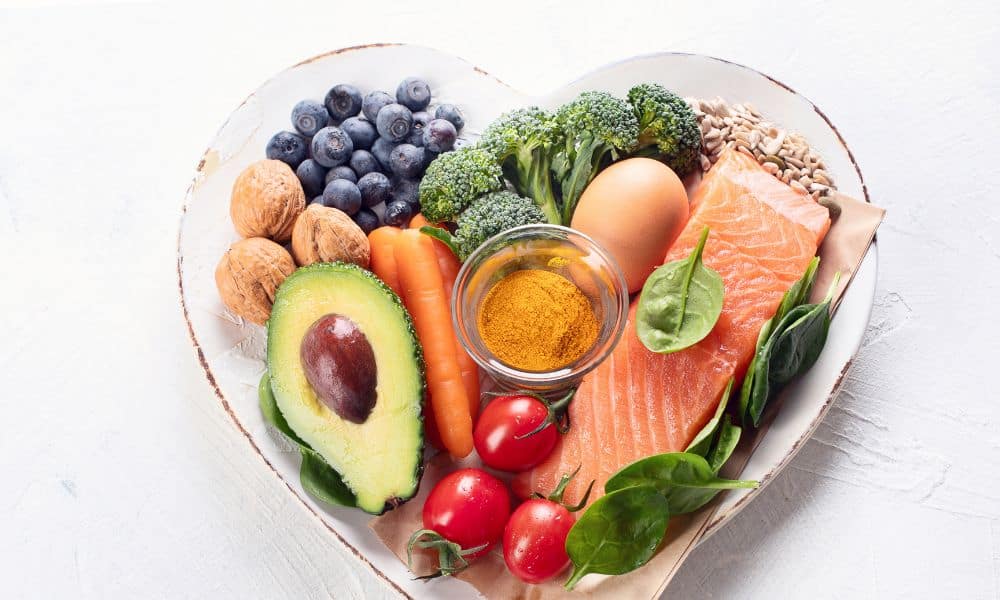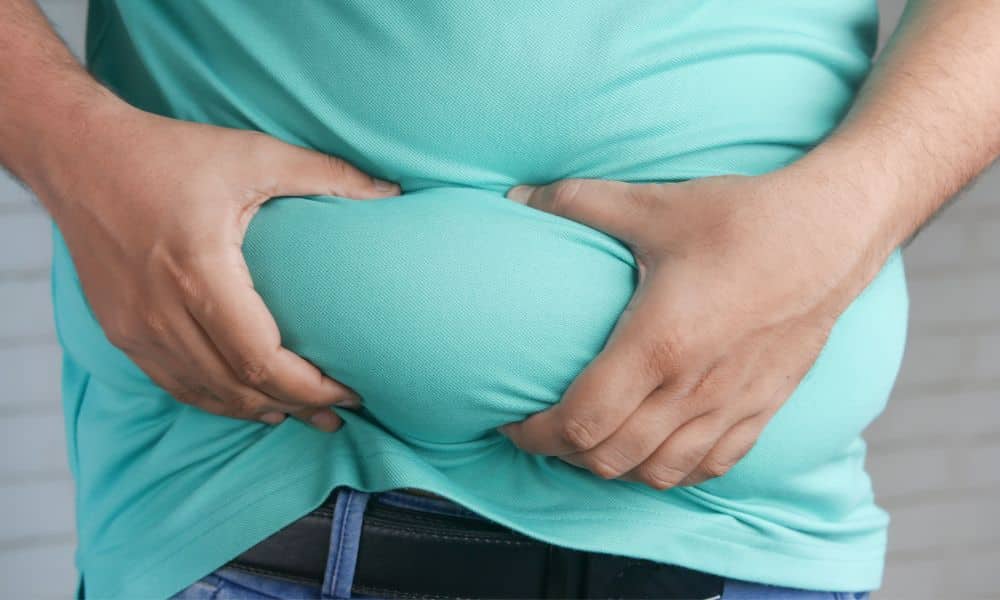Breakfast sets the tone for your entire day, especially when you’re trying to lose weight. The right breakfast keeps you full longer, stabilizes blood sugar, preserves muscle mass, and supports fat loss. But many common breakfast choices—like sugary cereals, bagels, or pancakes—spike insulin, leading to hunger and energy crashes.
Instead of focusing on low-calorie foods alone, the key is to create a nutrient-dense, balanced breakfast that promotes satiety, supports metabolism, and provides steady energy. Here’s how to build a breakfast for weight loss that works with your body, not against it.
The Science Behind a Weight Loss Breakfast
A well-structured breakfast should include:
- High protein – Preserves muscle, keeps you full longer, and boosts metabolism.
- Healthy fats – Provides steady energy and controls cravings.
- Fiber-rich carbs – Supports digestion and sustains energy levels.
- Hydration – Reduces bloating and helps the body function efficiently.
By combining these elements, you prevent mid-morning hunger crashes and set yourself up for a successful day of fat loss.
Step-by-Step: How to Build a Breakfast for Weight Loss
1. Start with Protein (20-30g per meal)
Protein is essential for maintaining muscle while losing fat. It has the highest thermic effect of food (TEF), meaning your body burns more calories digesting protein than fats or carbs.
Best protein sources for breakfast:
- Eggs (6g protein per egg)
- Greek yogurt (15g per 6 oz)
- Cottage cheese (13g per ½ cup)
- Protein powder (20-25g per scoop)
- Lean meats like turkey or chicken sausage
💡 Tip: Aim for at least 20 grams of protein in your breakfast to stay full longer and support muscle retention.
2. Add Healthy Fats (10-15g per meal)
Fats slow digestion, keeping you satisfied for hours. They also support hormone production, which is crucial for metabolism and muscle maintenance.
Best healthy fat sources:
- Avocado (10g per ½ fruit)
- Nuts (14g per ounce)
- Chia or flaxseeds (9g per tablespoon)
- Olive oil (14g per tablespoon)
- Nut butters (8g per tablespoon)
💡 Tip: Avoid processed vegetable oils and stick to whole-food fat sources for optimal health.
3. Include Fiber-Rich Carbs (25-30g per meal)
Carbohydrates provide energy, but the type of carbs you choose matters. Fiber slows digestion, prevents insulin spikes, and promotes gut health—all crucial for weight loss.
Best fiber-rich carbs for breakfast:
- Oats (5g per ½ cup)
- Berries (4g per ½ cup)
- Whole grain toast (3g per slice)
- Sweet potatoes (4g per ½ cup)
- Vegetables like spinach and bell peppers (2-3g per serving)
💡 Tip: Stick to complex carbs and avoid refined sugar to prevent energy crashes.
4. Stay Hydrated
Dehydration can cause hunger and slow metabolism. Drinking at least 16-20 oz of water with breakfast helps digestion and keeps your body functioning properly.
💡 Tip: Adding lemon water or green tea can enhance hydration while providing metabolism-boosting antioxidants.
Ideal Breakfast for Weight Loss
A perfect weight loss breakfast should be high in protein, fiber, and healthy fats while providing enough energy to sustain you through the morning. Here’s an example:
High-Protein Egg & Avocado Breakfast Bowl
Calories: ~400-450 | Protein: 30g | Carbs: 30g | Fats: 15g
- 2 eggs (12g protein)
- ½ avocado (10g healthy fats, 5g fiber)
- ½ cup cooked oats (5g fiber, 25g carbs)
- 1 tbsp chia seeds (3g protein, 5g fiber, 9g fats)
- Handful of spinach & cherry tomatoes (2g fiber, vitamins, minerals)
- 1 cup green tea or black coffee (zero calories, boosts metabolism)
💡 Why It Works:
- High protein keeps you full for 4-5 hours.
- Fiber from oats, avocado, and veggies prevents insulin spikes.
- Healthy fats slow digestion and provide lasting energy.
What Breakfast Mistakes to Avoid?
- Skipping protein – Leads to muscle loss and increased hunger later.
- Eating high-sugar cereals or pastries – Spikes insulin, leading to energy crashes.
- Drinking sugary coffee drinks – Liquid calories don’t keep you full and add excess sugar.
- Skipping breakfast entirely – Can lead to overeating later in the day.
Key Takeaways
- A high-protein breakfast (20-30g) helps with satiety and muscle retention.
- Adding healthy fats and fiber-rich carbs provides balanced energy.
- Hydration supports digestion and metabolism.
- Choosing whole foods over processed options leads to better weight loss results.
Building a breakfast for weight loss isn’t about cutting calories to the extreme—it’s about choosing the right foods to fuel fat loss while preserving muscle. By following this approach, you’ll feel full longer, maintain energy levels, and reach your weight loss goals faster without compromising health.
Read Next…
- Best Pre-Workout Meal for Muscle Building: What to Eat Before Training
- The Role of Diet in Building Muscle: How Much Does It Matter?
- How to Add Side Dishes to a Meal Plan for Weight Loss When Your Main Course Is Protein
- Elderly Homecare: How Fitness Routines Can Improve Senior Health
- Rest and Recovery: How It Boosts Fat Loss and Muscle Growth




